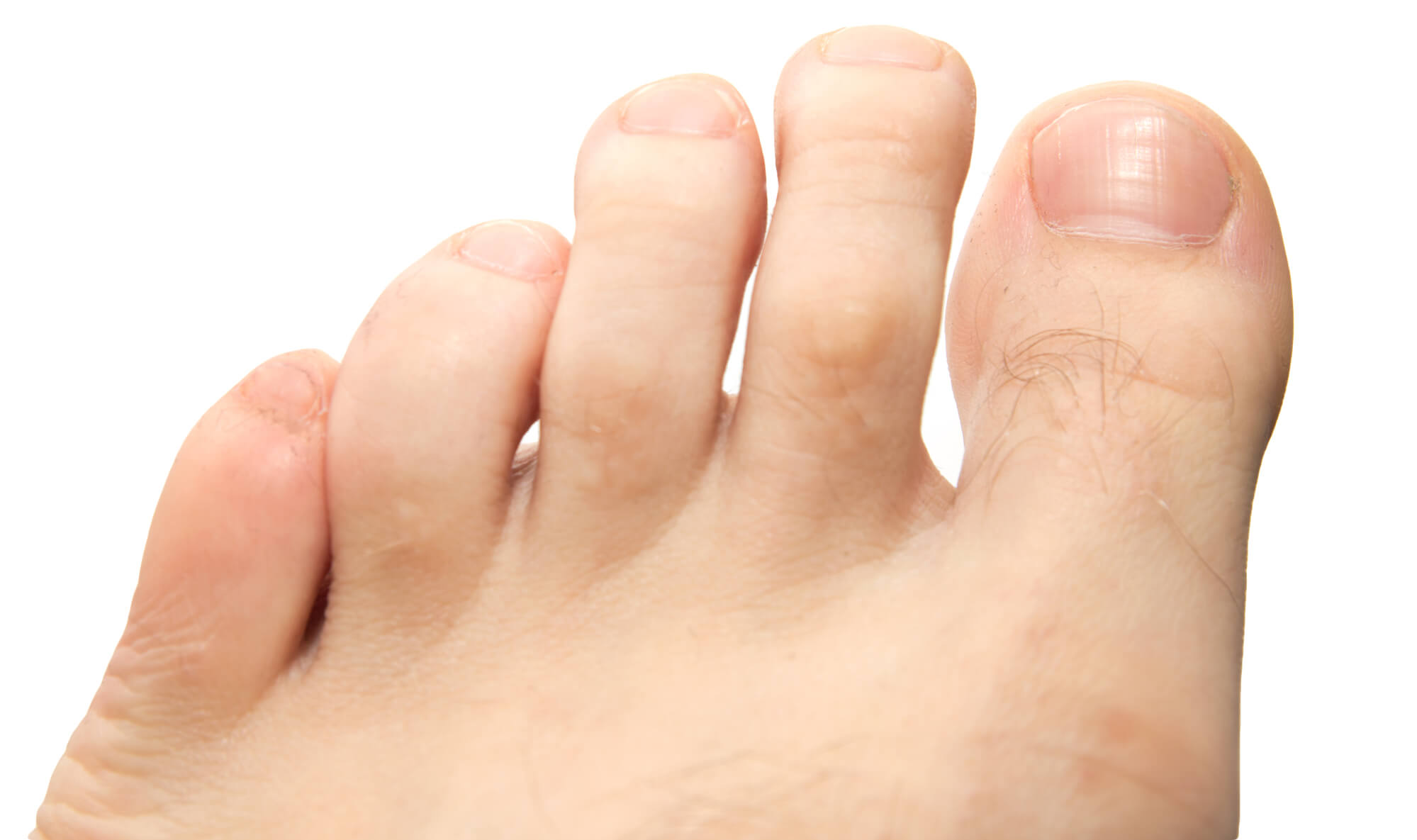Understanding and Managing Hallux Limitus
If you've ever experienced pain or stiffness in your big toe joint, you may be suffering from a condition called hallux limitus. This condition occurs when there is a limited range of motion in the toe joint, typically due to some form of arthritis or degenerative joint disease. This article will take a closer look at hallux limitus, including what causes it, how it's diagnosed and treated, and how to prevent it. By understanding and taking steps to manage the condition, you can keep your feet healthy and avoid the discomfort and limitations it can cause.
What is Hallux Limitus?
Definition and Causes
Hallux limitus is a condition that affects the movement of the big toe, also known as the hallux. It occurs when there is limited range of motion, typically due to some form of arthritis or degenerative joint disease. The most common form of arthritis that leads to hallux limitus is osteoarthritis, but it can also be caused by rheumatoid arthritis or other forms of inflammation in the joint.

Symptoms
The primary symptom of hallux limitus is pain and stiffness in the big toe joint, making it difficult or impossible to bend the toe upwards. This can make walking difficult or painful, especially in shoes that put pressure on the toe joint. In more severe cases, the toe may become deformed, and the range of motion may be severely limited.
Diagnosis and Treatment
Diagnostic Tests
If you suspect you may have hallux limitus, it is important to see a podiatrist for a proper diagnosis. Your podiatrist will take a thorough medical history and perform a physical exam, paying particular attention to the range of motion in your big toe. They may also order x-rays or other imaging tests to get a better look at the condition of the joint and the surrounding bones and tissues.
Conservative Treatment Options
Several conservative treatment options can be effective in managing the symptoms. These may include:
- Wearing orthotic inserts in your shoes to taking pressure off of the big toe joint
- Physical therapy to stretch and strengthen the muscles and tissues around the joint
- Anti-inflammatory medications to reduce inflammation and pain
- Using ice or heat to reduce swelling and discomfort
Surgical Options
In more severe cases of hallux limitus, surgery may be necessary to correct the deformity and improve the range of motion in the toe. There are several surgical options that your podiatrist may recommend, depending on the specific needs of your case. These may include:
- Fusion surgery to join the bones of the big toe together, creating a more stable structure
- Arthroplasty surgery to remove damaged cartilage and replace it with an implant
- Osteotomy surgery to cut and reposition the bones of the toe joint to improve alignment

Preventing the Onset of Hallux Limitus
Proper Footwear
One of the most effective ways to prevent the onset of hallux limitus is to wear shoes that provide proper support and cushioning for the foot and ankle. High heels and other shoes that put excessive pressure on the toes can increase the risk of developing the condition. Choosing shoes with a wide, deep toe box and good arch support is important to reduce the risk of developing this condition.
Stretching and Strengthening Exercises
Stretching and strengthening exercises can help to improve the flexibility and strength of the muscles and tissues around the big toe joint, reducing the risk of developing hallux limitus. These may include toe stretches, foot and ankle exercises, and exercises to strengthen the lower leg muscles.
Proper Foot Care
Proper foot care is also important in preventing the onset. This may include:
- Washing and drying your feet thoroughly every day, especially between the toes
- Trimming your toenails straight across and filing down any rough edges
- Protecting your feet from injury by avoiding walking barefoot on hard surfaces or in poorly fitting shoes
- Seeking treatment for any foot or toe injuries as soon as possible to prevent further damage
Taking care of your feet and wearing supportive, comfortable shoes can reduce your risk of developing hallux limitus and other conditions affecting your foot and ankle.
Conclusion
Hallux limitus is a condition that affects the movement of the big toe and can cause pain and stiffness in the toe joint. It is often caused by arthritis or degenerative joint disease, and a podiatrist can diagnose it through a medical history, physical exam, and imaging tests. Conservative treatment options include orthotic inserts, physical therapy, and anti-inflammatory medications, while surgical options may include fusion, arthroplasty, and osteotomy surgery. Proper footwear, stretching and strengthening exercises, and foot care can help prevent the onset of hallux limitus.
FAQ
How do you manage hallux limitus?
Hallux limitus can be managed by combining conservative and surgical treatment options. Conservative treatment options may include wearing orthotic inserts, undergoing physical therapy, taking anti-inflammatory medications, and using ice or heat to reduce swelling and discomfort. Surgical options may include fusion, arthroplasty, or osteotomy surgery to correct deformities and improve the range of motion in the toe.
Can you reverse hallux limitus?
The degree to which hallux limitus can be reversed depends on the severity of the condition and the underlying cause. In some cases, conservative treatment options such as physical therapy and orthotic inserts may be effective in improving the range of motion and reducing pain and stiffness. In more severe cases, surgery may be necessary to correct deformities and improve the range of motion.
Do orthotics help hallux limitus?
Orthotic inserts may help manage the symptoms of hallux limitus by providing support and cushioning for the foot and ankle, and taking pressure off of the big toe. However, they are not a cure-all and may not be effective in all cases.
Does hallux limitus go away?
Hallux limitus is a chronic condition that typically does not go away independently. However, with proper treatment and management, it is possible to reduce pain and stiffness and improve the range of motion in the big toe joint.
Can you heal hallux limitus?
The extent to which hallux limitus can be "healed" depends on the severity of the condition and the underlying cause. In some cases, conservative treatment options such as physical therapy and orthotic inserts may effectively reduce pain and improve the range of motion. In more severe cases, surgery may be necessary to correct deformities and improve the range of motion.
What is the best treatment for hallux limitus?
The best treatment for hallux limitus depends on the individual patient's specific needs. A podiatrist can help to determine the most appropriate treatment plan based on the severity of the condition, the underlying cause, and the patient's overall health and lifestyle. Treatment options may include conservative measures such as physical therapy and orthotic inserts or surgical options such as fusion, arthroplasty, or osteotomy surgery.

